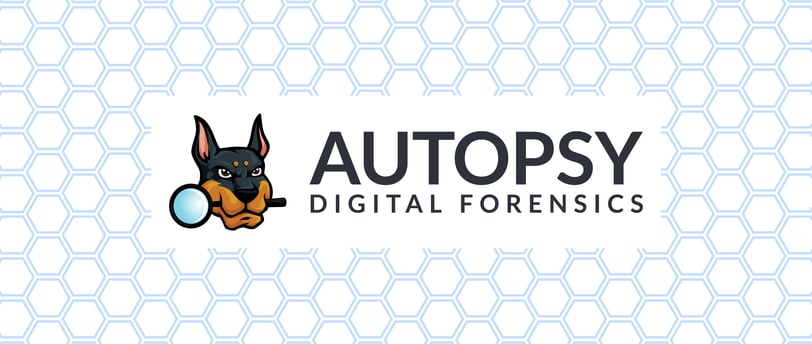Autopsy
GUIDES
12/18/20233 min read


Introduction
Forensic analytics plays a crucial role in today's digital world, aiding in the investigation and analysis of digital evidence. One of the most popular and powerful tools used in this field is the Autopsy program. Autopsy is an open-source digital forensics platform that provides a wide range of features to help forensic analysts examine and extract valuable information from digital devices.
What is Autopsy?
Autopsy, also known as The Sleuth Kit, is a digital forensics tool that enables investigators to analyze and extract data from various digital devices, including computers, smartphones, and external storage devices. It is widely used by law enforcement agencies, government organizations, and digital forensic experts worldwide.
Autopsy offers a user-friendly interface and a powerful set of features that assist in the investigation and analysis of digital evidence. It allows forensic analysts to recover deleted files, examine file metadata, perform keyword searches, analyze internet history, and much more.
Getting Started with Autopsy
Here is a step-by-step guide to help you get started with Autopsy:
Step 1: Download and Install Autopsy
The first step is to download and install the Autopsy program on your computer. Autopsy is available for Windows, macOS, and Linux operating systems. Visit the official Autopsy website (https://www.autopsy.com/) and navigate to the downloads section. Choose the appropriate version for your operating system and follow the installation instructions provided.
Step 2: Create a New Case
After successfully installing Autopsy, launch the program and create a new case. A case represents a specific investigation or analysis project. To create a new case, click on the "New Case" button on the toolbar or select "File" > "New Case" from the menu. Provide a name and location for your case, and click "OK" to create it.
Step 3: Add Evidence
Once you have created a new case, the next step is to add the digital evidence you want to analyze. Autopsy supports a wide range of evidence types, including disk images, individual files, and mobile device backups. To add evidence, click on the "Add Data Source" button in the toolbar or select "Data Sources" > "Add Data Source" from the menu. Choose the appropriate evidence type and follow the on-screen instructions to add it to your case.
Step 4: Configure Analysis Modules
Autopsy offers a variety of analysis modules that can be used to extract and analyze data from the added evidence. These modules include keyword search, file analysis, timeline analysis, and more. To configure the analysis modules, click on the "Ingest Modules" button on the toolbar or select "Ingest Modules" > "Configure Ingest Modules" from the menu. Enable the modules that are relevant to your investigation and adjust their settings as needed.
Step 5: Start the Analysis
With the evidence added and the analysis modules configured, you are now ready to start the analysis process. Click on the "Start" button in the toolbar or select "Ingest Modules" > "Run Ingest Modules" from the menu. Autopsy will begin processing the evidence and extracting relevant information based on the configured modules.
Key Features of Autopsy
Autopsy offers a wide range of features that make it a powerful tool for forensic analytics. Some of its key features include:
1. Keyword Search
Autopsy allows forensic analysts to perform keyword searches across the analyzed data. This feature helps in identifying specific files, documents, or communication related to the investigation.
2. File Recovery
Autopsy can recover deleted files from the evidence, providing valuable information that might have been intentionally or accidentally removed by the device user.
3. Metadata Analysis
Autopsy enables forensic analysts to examine file metadata, such as creation and modification dates, file types, and associated user information. Metadata analysis can provide important insights into the timeline and activities of the device user.
4. Internet History Analysis
Autopsy can analyze internet history, including browsing activities, visited websites, and downloaded files. This feature can be particularly useful in cases involving cybercrimes or online activities.
5. Image and Video Analysis
Autopsy supports the analysis of images and videos found in the evidence. It can extract metadata, perform image and video comparison, and detect potential hidden information within these media files.
Conclusion
Autopsy is a powerful and versatile tool for forensic analytics, providing a wide range of features to aid in the investigation and analysis of digital evidence. By following the steps outlined in this guide, you can get started with Autopsy and leverage its capabilities to extract valuable information from digital devices. Remember to always adhere to legal and ethical guidelines when conducting forensic analysis and to consult with experienced professionals when dealing with complex cases.
Start your journey with Autopsy today and unlock the potential of digital evidence in your investigations!
